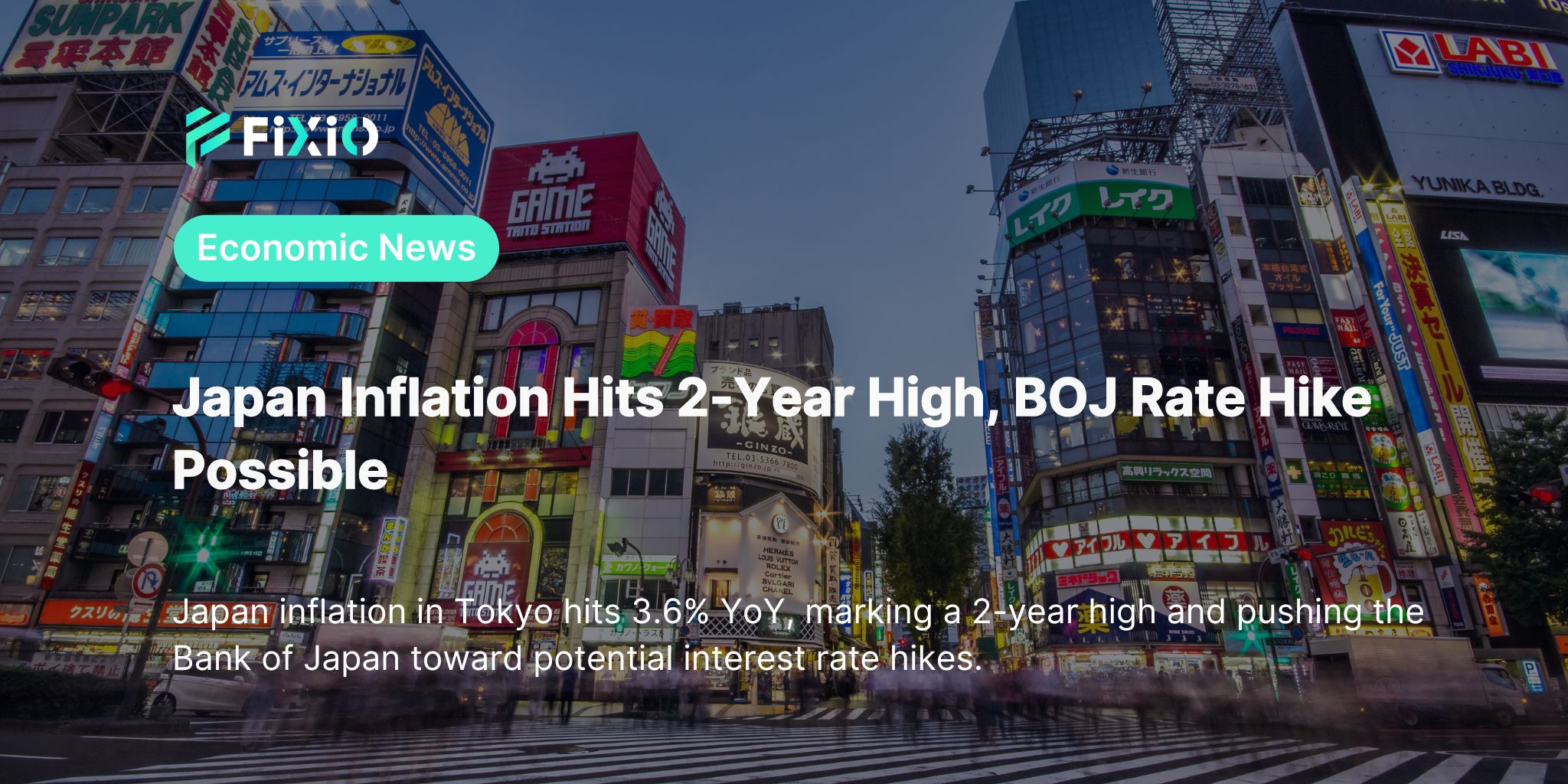
Japan inflation reached a significant milestone in May 2025, with the core consumer price index (CPI) for Tokyo rising 3.6% year-on-year (YoY). This level marks the highest inflation rate in over two years, exceeding market expectations of 3.5%. The inflation acceleration reflects ongoing price pressures in the Japanese economy, particularly driven by persistent increases in food prices and rising service costs. The Tokyo core CPI excludes volatile fresh food prices, providing a clearer picture of underlying inflation trends. The sustained rise above the Bank of Japan’s (BOJ) 2% target for three consecutive years highlights the challenges faced by policymakers. Moreover, the broader inflation measure excluding both fresh food and fuel rose 3.3% YoY in May, up from 3.1% in March, indicating a widespread and sticky inflationary environment.
The primary driver behind Japan inflation is soaring food prices. Non-fresh food prices surged 6.9% YoY, with rice prices alone climbing an extraordinary 93.2%, reflecting supply constraints and cost pressures in agricultural sectors. This food inflation is considered sticky, meaning it may persist for an extended period due to structural factors. Services inflation also gained momentum, rising to 2.2% in May from 2.0% in April. This increase indicates that companies are gradually passing on rising labor costs to consumers through higher prices for services. The uptick in services inflation is a positive sign from the BOJ’s perspective, as it suggests a broader and more entrenched inflationary trend beyond volatile commodity prices.
Despite rising inflationary pressures, Japan's manufacturing sector is showing signs of weakness. Factory output declined by 0.9% in April 2025 compared to the previous month. This decline is linked to slowing global demand and the economic impact of steep tariffs imposed by the United States. Manufacturers expect a rebound with a 9.0% output increase forecasted for May, but a subsequent 3.4% drop is anticipated in June, reflecting continued uncertainty. This divergence presents a dilemma for the BOJ: while inflation is rising, the manufacturing slowdown and trade tensions could dampen economic growth. The central bank must balance the risk of persistent inflation against potential negative effects on employment and output.
The persistence of Japan inflation, particularly food inflation, keeps the prospect of further interest rate hikes alive. After ending its massive stimulus program last year, the BOJ raised short-term interest rates to 0.5% in January 2025. Policymakers have signaled readiness to tighten monetary policy further if inflation continues to exceed their 2% target sustainably. However, uncertainty remains high due to the impact of U.S. trade policy and fluctuating global demand. Wage growth is an important factor supporting inflation, as companies actively increase wages and prices to offset higher costs. This wage-price dynamic contributes to inflation expectations, which the BOJ closely monitors to guide policy decisions.
For Japanese consumers, rising inflation translates into higher living costs, especially in daily necessities such as food. Surveys indicate that Japanese firms plan to increase prices on 1,932 food and beverage items in June 2025, tripling the number from a year earlier. This reflects an ongoing effort by companies to pass cost increases onto consumers amidst supply chain constraints and higher input prices. Businesses face a challenging environment balancing rising input costs, labor expenses, and fluctuating demand. Manufacturers impacted by tariffs and global slowdown may hesitate to raise wages, potentially dampening consumption and slowing inflation momentum in the longer term.
Japan inflation trends must also be viewed in the context of global economic conditions. Falling crude oil prices and a stronger yen are expected to moderate some inflationary pressures in the coming months. Nonetheless, sticky food inflation and wage-driven price increases suggest that inflation could remain elevated longer than some analysts anticipate. As inflation evolves, the BOJ faces a delicate balancing act between containing inflation and supporting economic growth. The timing and magnitude of future rate hikes will depend on data trends and global economic developments.
Japan inflation, particularly in Tokyo, remains elevated with core CPI hitting a two-year high. Persistent food and services price growth support expectations for further Bank of Japan rate hikes, though external challenges pose risks to economic stability. Policymakers will continue monitoring inflation and economic data closely to navigate this complex environment. Stay informed with the latest Forex trading news and analysis. Visit our website now at: FIXIO BLOG
Japan inflation in Tokyo hits 3.6% YoY, marking a 2-year high and pushing the Bank of Japan toward potential interest rate hikes
Superior trade execution & trading conditions with the NDD method.

The online FX industry provides a platform for investors worldwide to engage in the buying and selling.

Subscribe to our daily newsletter and get the best forex trading information and markets status updates
Trade within minutes!
Comment (0)